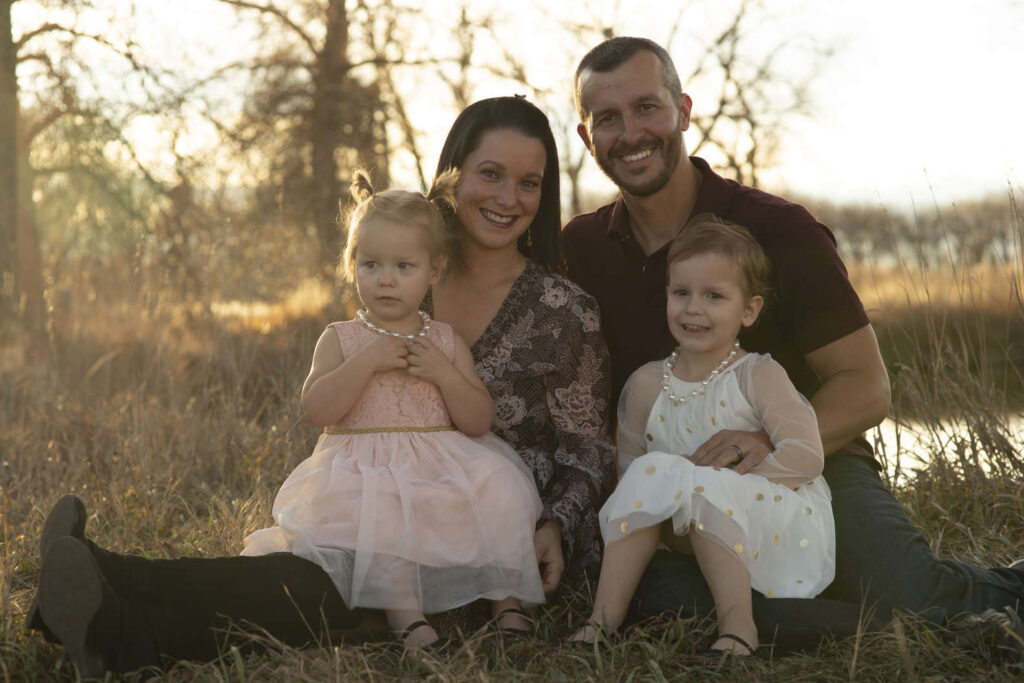I have never considered myself a true crime junky, but after watching American Murder: The Family Next Door, I might have to reconsider.
The true crime documentary is a Netflix original about the disappearance of Shanann Watts and her two young daughters Celeste and Bella. On social media Shanann’s life looks perfect, but behind closed doors her marriage to Chris Watts was falling apart. After returning from a work trip, Shanann’s friends quickly became concerned for her safety after not being able to get in touch with her. The search for a pregnant Shanann and her two little girls swiftly began. Days later after failing a polygraph test, Chris confessed to the murder of his pregnant wife and their two little girls.
The film’s director Jenny Popplewell exposes Shannan’s hidden life that was overshadowed by a glorified social media account. It seems that Watts posted just about every aspect of her life on social media, making her life look nearly flawless. It gives the viewer a better understanding of the type of life she and Chris shared. They really seemed to be in love when looking at her Facebook account, but Shanann’s private text messages with her friends revealed there was a lack of intimacy in her relationship with her husband. She constantly accused Chris of cheating and eventually caught him after reviewing bank statements. She was fully devoted to Chris, but he was devoted to himself and his girlfriend. I wish the film discussed the involvement of Chris’s mistress in the murders more. However, the way in which Popplewell displays Shanann’s text exchange to give the viewers more insight on the privacy of her life was unique and well-executed.
Popplewell’s use of archived footage to tell an in-depth version of the chilling story was absolutely brilliant. The film begins telling their story the day before their disappearance all the way to the end of Chris’s trial. All the footage in the documentary is from archived police cameras, interrogation rooms and national coverage interviews. The day after Shanann and the girls went missing, Shanann’s “worried” husband went on live national television begging for their safe return, but he knew where their bodies laid. After knowing what really happened, watching Watts plead for his family back was utterly disturbing.
The way Popplewell used real footage made the documentary much more alarming because it allows viewers to develop a relationship with Shanann and her girls. This gave an unsettling picture some value.
Ultimately, Popplewell gave the facts of this case in an elegant manner without screening anything visually disturbing. If all true crime documentaries had the cinematography elements of this one, I would watch a lot more crime documentaries.
You may also like
-
UWG Fails to Protect Student Safety From Radical Conservative Rhetoric Under the Guise of Free Speech
-
Lady Gaga’s “Mayhem” Fails to Disappoint
-
Georgia Students Simulate the Struggles of Dementia
-
Crossroads Live Delivers a Phenomenal Production of Dear Evan Hansen in Columbus
-
UWG’s Art Atelier Creates Interactive Mural for the Children of the Early Learning Center
